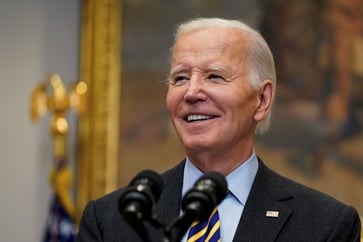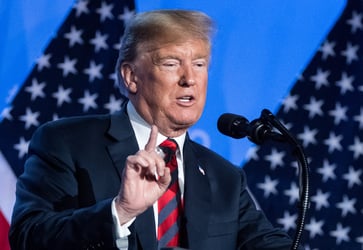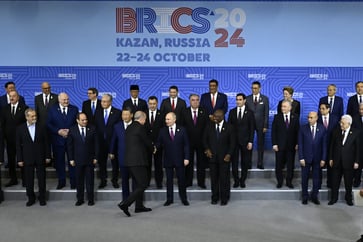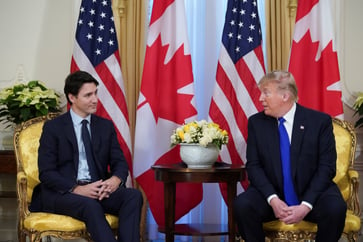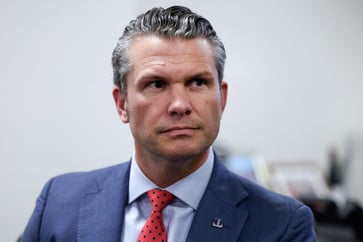Alexander Stubb advances to the second round of Finland's presidential election, according to projections.
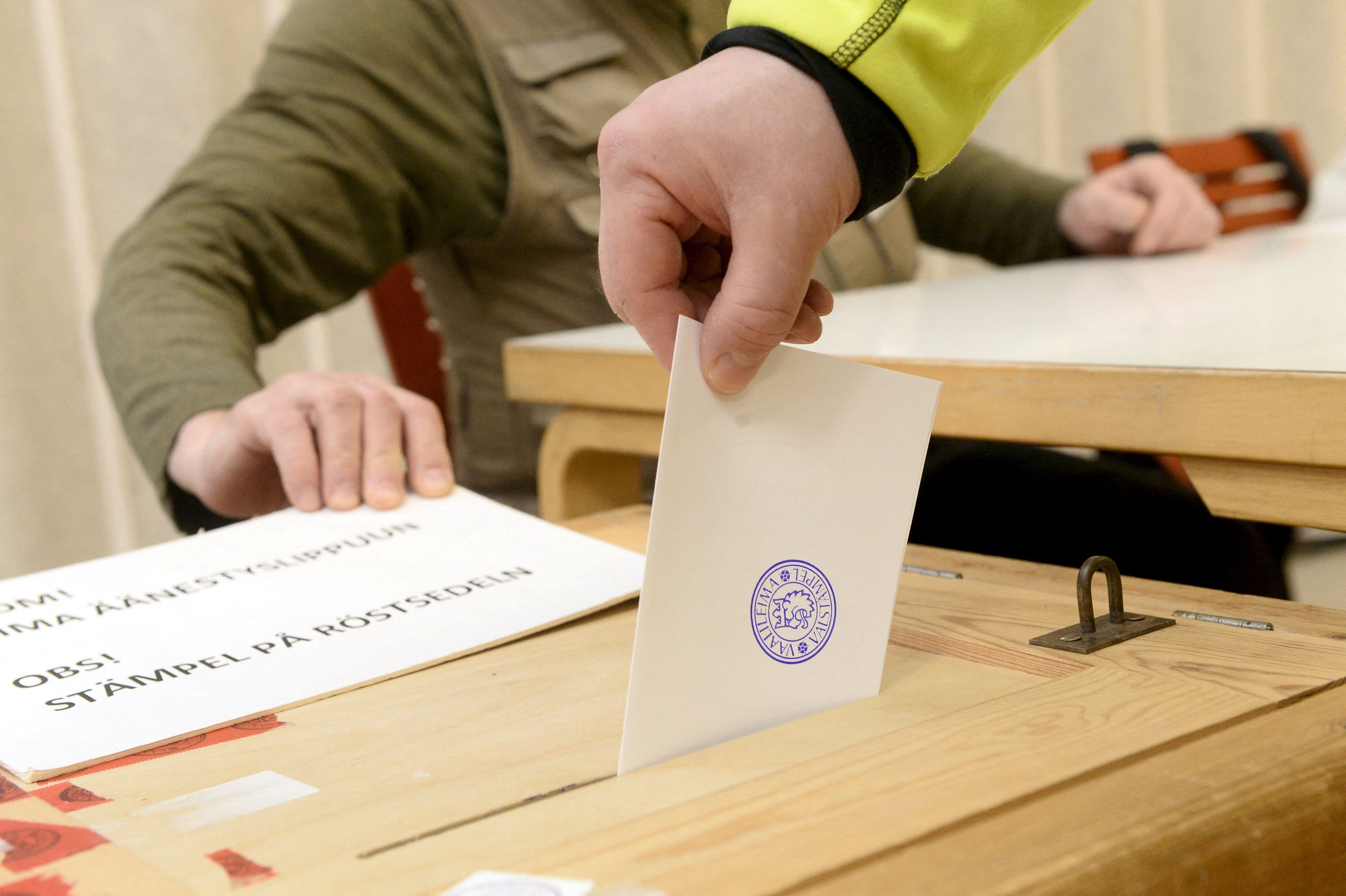
On Sunday, it was predicted that Alexander Stubb, the former Prime Minister of Finland, would win the initial round of the presidential election and compete against Pekka Haavisto in a runoff in the upcoming month.
In the first round of the Finnish presidential election, Stubb received 27.3% of the votes, Haavisto got 25.8%, and Halla-aho obtained 18.6%.
A runoff between Stubb and Haavisto will occur on Feb. 11 because none of the candidates obtained more than half of the votes in the projected outcome.
In Finland, YLE's accurate predictions in previous elections are based on advance votes and official data from the Legal Register Centre, rather than exit polls.
In the election, Stubb, 55, and Haavisto, 65, were the main contenders for the position of president, which was left vacant by the end of the term of Sauli Niinistö, who was not eligible for reelection. Approximately 4.5 million eligible voters participated in the election and chose one of the nine candidates to succeed Niinistö.
At 8 p.m. (1800 GMT), polls nationwide closed. The initial voter turnout was 74.9%.
In 2014-2015, Stubb, a conservative National Coalition Party member, served as the head of the Finnish government, while Haavisto, a seasoned politician and former U.N. diplomat, is running for the post again as an independent candidate.
Unlike in most European countries, Finland's president has executive power in shaping foreign and security policy, particularly when dealing with countries outside the EU, such as the US, Russia, and China.
As the supreme commander of the Finnish military, the president plays a crucial role in Europe's current security landscape.
The election's main themes were foreign and security policy concerns, including Finland's NATO membership, future policies toward Russia, strengthening security cooperation with the US, and continuing to aid Ukraine with both military and humanitarian assistance.
The new head of state of Finland will begin a six-year term in March, facing a significantly different geopolitical and security landscape in Europe compared to Niinistö after the 2018 election.
In April, Finland joined NATO as its 31st member, angering President Putin of Russia, who shares a 1,340-kilometer (832-mile) border with the Nordic nation, after abandoning decades of military nonalignment in the wake of Russia's invasion of Ukraine.
The president's status as a security policy leader has been enhanced due to Finland's NATO membership, which positions the country as a front-line member towards Russia, and the war in Ukraine being only 1,000 kilometers (600 miles) away from Finland's border.
Last year, as foreign minister, Haavisto was instrumental in Finland's historic accession to NATO, alongside Niinistö and former Prime Minister Marin.
In the near future, Sweden is expected to join NATO as the final holdout, with Hungary ratifying Stockholm's bid by the end of February.
politics
You might also like
- Trump's Stargate AI investment announcement is outshone by Musk.
- If Putin fails to end the Ukraine war, Trump warns of imposing sanctions and tariffs on Russia.
- Ross Ulbricht, the creator of the Silk Road, was pardoned by Trump.
- Oracle, OpenAI, and Softbank to invest in AI infrastructure, announced by Trump.
- In his final moments in office, Biden granted clemency to his relatives.
